
How to Use rasp: Examples, Pinouts, and Specs
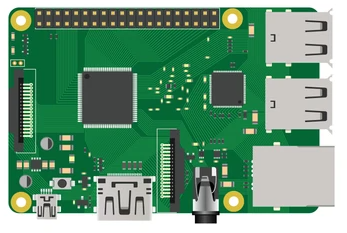
 Design with rasp in Cirkit Designer
Design with rasp in Cirkit DesignerIntroduction
The Raspberry Pi, often referred to as "rasp," is a compact, affordable, and versatile single-board computer developed by the Raspberry Pi Foundation. It is widely used in educational, hobbyist, and professional projects due to its flexibility and ease of use. The Raspberry Pi supports various operating systems, including Raspberry Pi OS (formerly Raspbian), and features General Purpose Input/Output (GPIO) pins for hardware interfacing.
Explore Projects Built with rasp
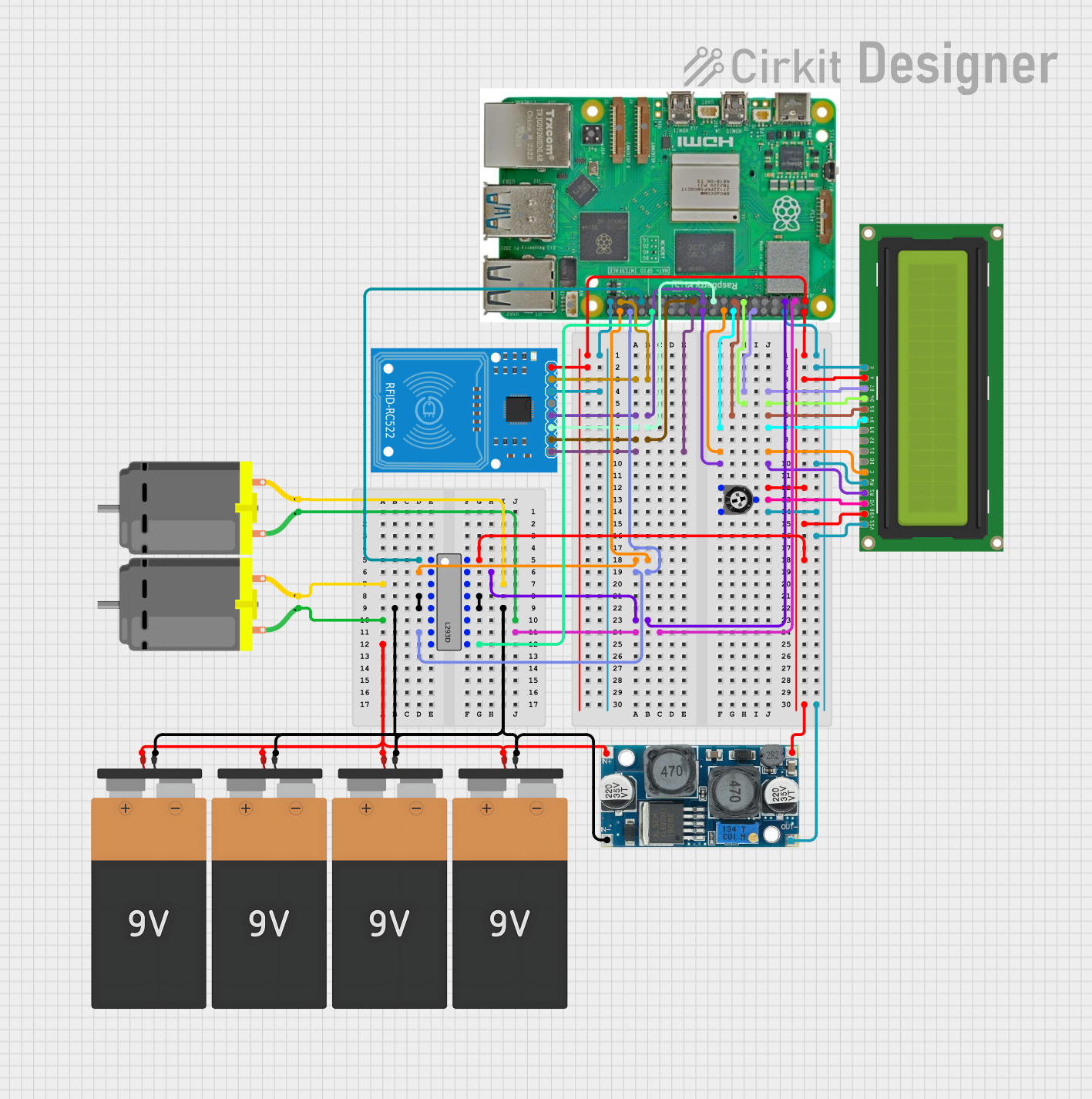
 Open Project in Cirkit Designer
Open Project in Cirkit Designer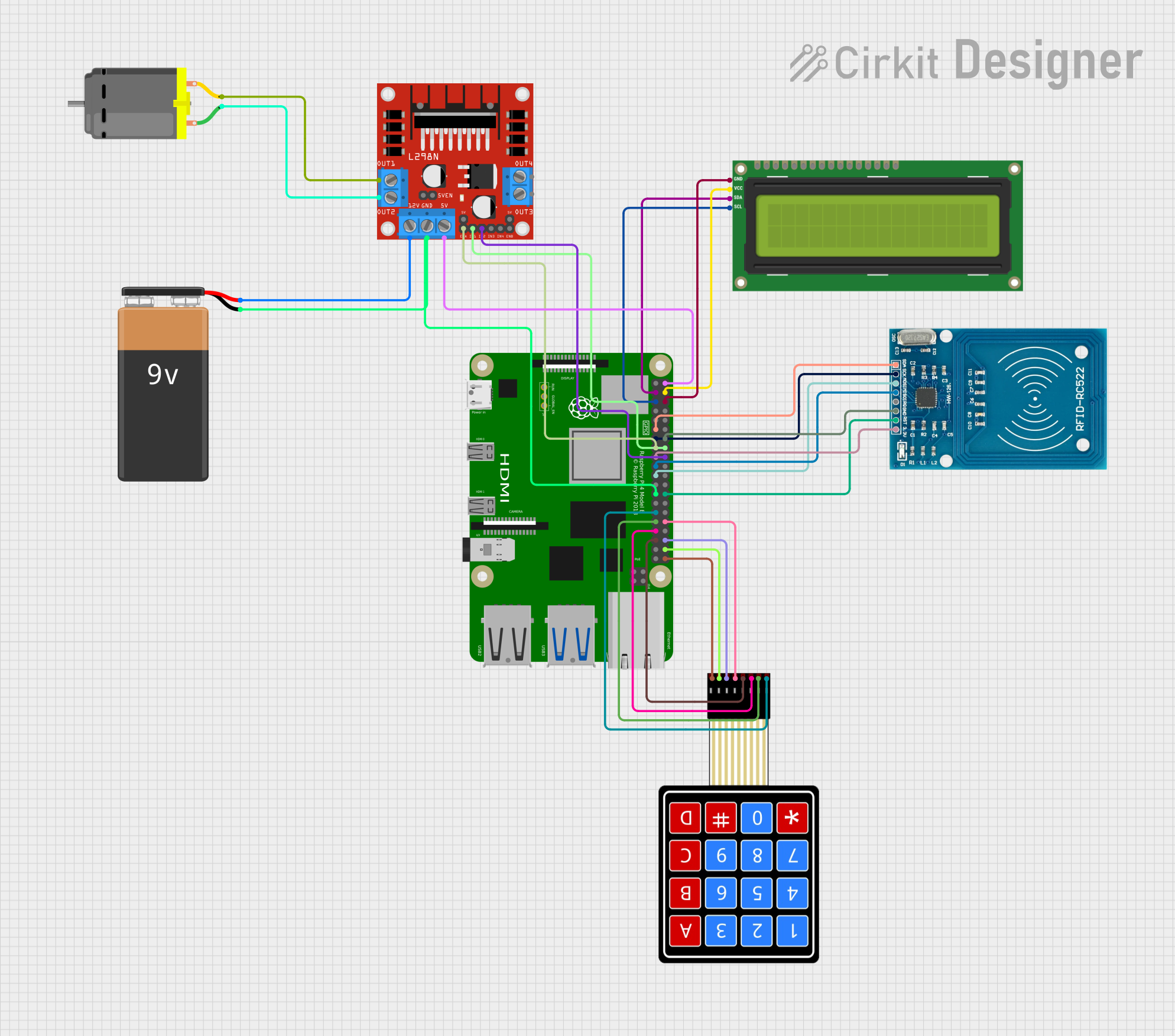
 Open Project in Cirkit Designer
Open Project in Cirkit Designer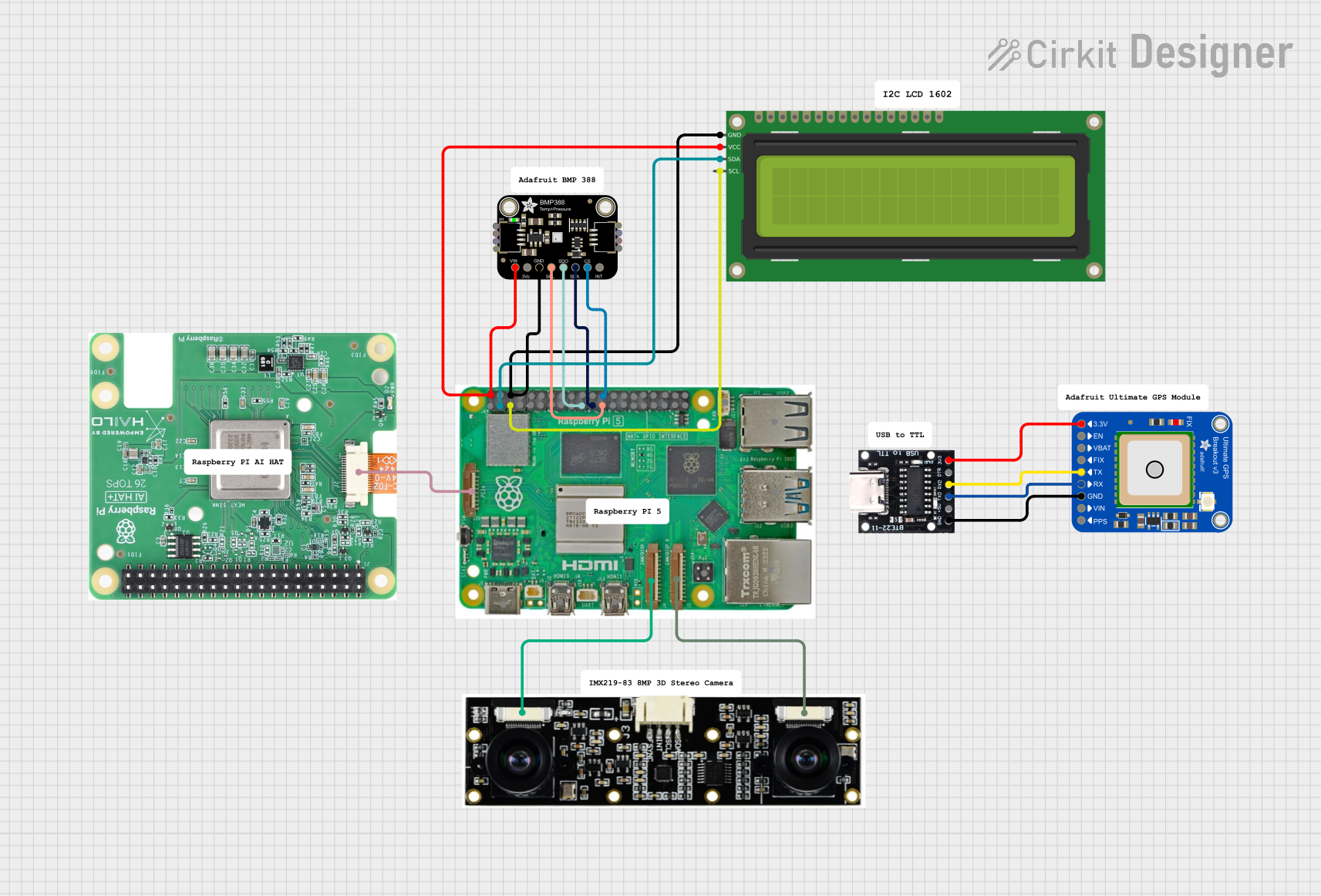
 Open Project in Cirkit Designer
Open Project in Cirkit Designer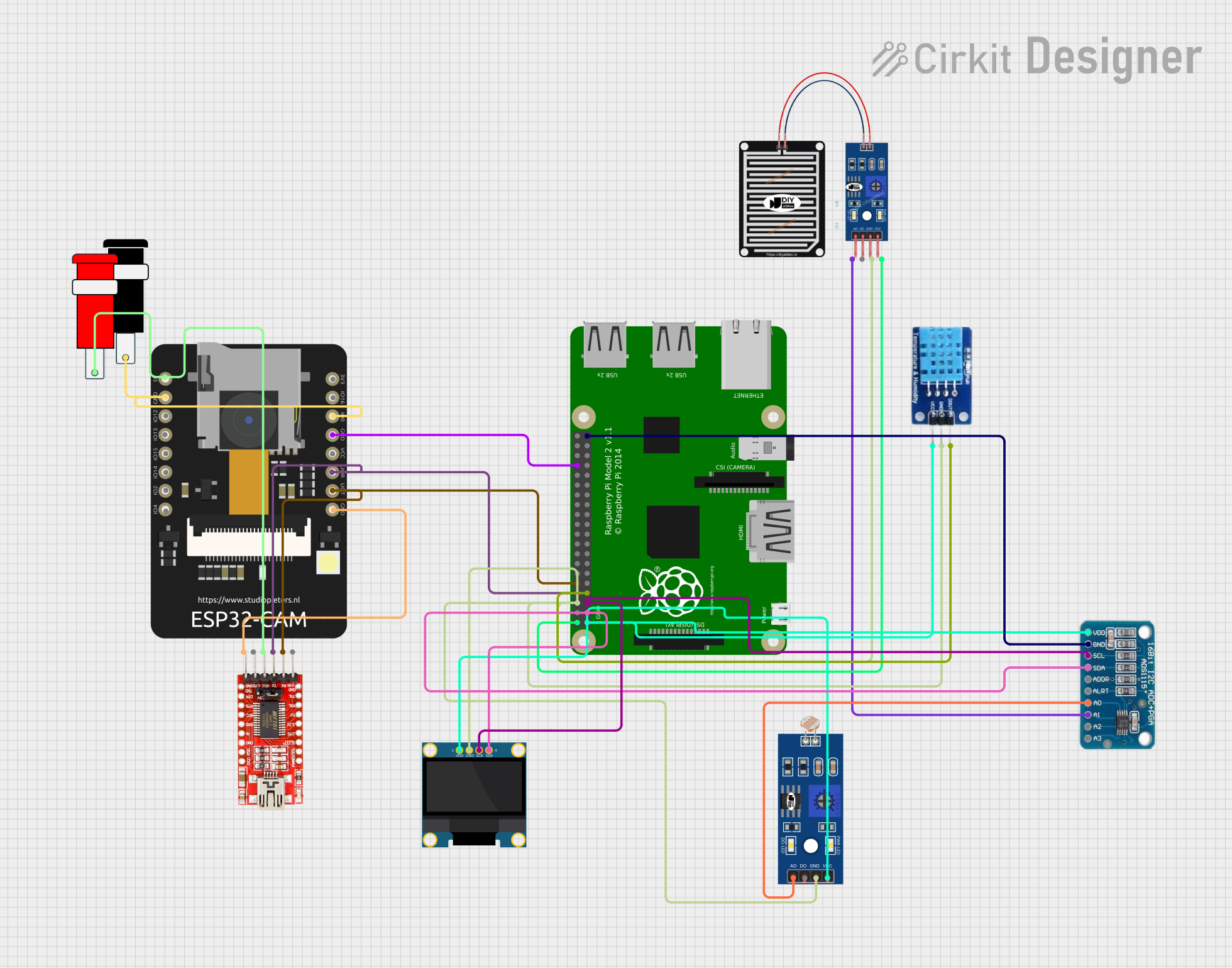
 Open Project in Cirkit Designer
Open Project in Cirkit DesignerExplore Projects Built with rasp

 Open Project in Cirkit Designer
Open Project in Cirkit Designer
 Open Project in Cirkit Designer
Open Project in Cirkit Designer
 Open Project in Cirkit Designer
Open Project in Cirkit Designer
 Open Project in Cirkit Designer
Open Project in Cirkit DesignerCommon Applications and Use Cases
- Programming and Education: Ideal for learning programming languages like Python, C++, and Java.
- Robotics: Used as a control unit for robots and automation systems.
- Internet of Things (IoT): Acts as a hub for IoT devices and sensors.
- Media Centers: Can be configured as a media streaming device using software like Kodi.
- Home Automation: Powers smart home systems and automation projects.
- Prototyping: Serves as a platform for testing and developing hardware and software solutions.
Technical Specifications
The Raspberry Pi is available in various models, but the following specifications are typical for the Raspberry Pi 4 Model B:
Key Technical Details
- Processor: Quad-core ARM Cortex-A72, 1.5 GHz
- Memory (RAM): 2GB, 4GB, or 8GB LPDDR4
- Storage: MicroSD card slot (supports up to 1TB)
- Connectivity:
- 2 × USB 3.0 ports, 2 × USB 2.0 ports
- Gigabit Ethernet
- Dual-band Wi-Fi (802.11ac)
- Bluetooth 5.0
- Video Output: 2 × micro-HDMI ports (supports up to 4K resolution)
- GPIO Pins: 40-pin header (3.3V logic)
- Power Supply: 5V/3A via USB-C
- Operating System: Raspberry Pi OS (Linux-based) or other compatible OSes
Pin Configuration and Descriptions
The Raspberry Pi features a 40-pin GPIO header for hardware interfacing. Below is a summary of the pin configuration:
| Pin Number | Pin Name | Description |
|---|---|---|
| 1 | 3.3V Power | Provides 3.3V power output |
| 2 | 5V Power | Provides 5V power output |
| 3 | GPIO2 (SDA1) | I2C Data Line |
| 4 | 5V Power | Provides 5V power output |
| 5 | GPIO3 (SCL1) | I2C Clock Line |
| 6 | Ground (GND) | Ground |
| 7 | GPIO4 | General-purpose I/O |
| 8 | GPIO14 (TXD) | UART Transmit |
| 9 | Ground (GND) | Ground |
| 10 | GPIO15 (RXD) | UART Receive |
| ... | ... | ... |
| 39 | Ground (GND) | Ground |
| 40 | GPIO21 | General-purpose I/O |
For a complete pinout diagram, refer to the official Raspberry Pi documentation.
Usage Instructions
How to Use the Raspberry Pi in a Circuit
Powering the Raspberry Pi:
- Use a 5V/3A USB-C power adapter to power the Raspberry Pi.
- Ensure the power supply is stable to avoid performance issues.
Connecting Peripherals:
- Attach a monitor via the micro-HDMI port.
- Connect a keyboard and mouse to the USB ports.
- Insert a microSD card with the operating system installed.
Using GPIO Pins:
- Use jumper wires to connect the GPIO pins to external components like LEDs, sensors, or motors.
- Be cautious of voltage levels; the GPIO pins operate at 3.3V logic.
Programming the GPIO:
- Use Python with the
RPi.GPIOlibrary or other supported programming languages to control the GPIO pins.
- Use Python with the
Important Considerations and Best Practices
- Static Electricity: Handle the Raspberry Pi with care to avoid static discharge, which can damage the board.
- Cooling: Use a heatsink or fan for cooling, especially when running resource-intensive applications.
- Power Supply: Always use a reliable power supply to prevent undervoltage warnings.
- GPIO Protection: Avoid connecting GPIO pins directly to high-voltage sources to prevent damage.
Example: Blinking an LED with Raspberry Pi and Python
Below is an example of how to blink an LED connected to GPIO pin 17:
Import the necessary library
import RPi.GPIO as GPIO import time
Set up GPIO mode and pin
GPIO.setmode(GPIO.BCM) # Use Broadcom pin numbering GPIO.setup(17, GPIO.OUT) # Set GPIO 17 as an output pin
try: while True: GPIO.output(17, GPIO.HIGH) # Turn on the LED time.sleep(1) # Wait for 1 second GPIO.output(17, GPIO.LOW) # Turn off the LED time.sleep(1) # Wait for 1 second except KeyboardInterrupt: # Clean up GPIO settings on exit GPIO.cleanup()
Troubleshooting and FAQs
Common Issues and Solutions
The Raspberry Pi does not boot:
- Ensure the microSD card is properly inserted and contains a valid operating system image.
- Check the power supply for sufficient voltage and current.
GPIO pins are not working:
- Verify the pin configuration in your code.
- Ensure the connected components are functioning correctly.
Overheating:
- Use a heatsink or fan to cool the Raspberry Pi.
- Avoid placing the Raspberry Pi in an enclosed space without ventilation.
No display on the monitor:
- Check the HDMI cable and ensure it is securely connected.
- Verify the monitor is set to the correct input source.
FAQs
Can I power the Raspberry Pi via GPIO pins?
- Yes, you can power the Raspberry Pi through the 5V and GND pins, but this bypasses the onboard voltage protection. Use this method with caution.
What operating systems are supported?
- The Raspberry Pi supports Raspberry Pi OS, Ubuntu, and other Linux-based distributions. Some models also support Windows IoT Core.
How do I reset the Raspberry Pi?
- Disconnect and reconnect the power supply to perform a hard reset.
For additional support, refer to the official Raspberry Pi documentation or community forums.